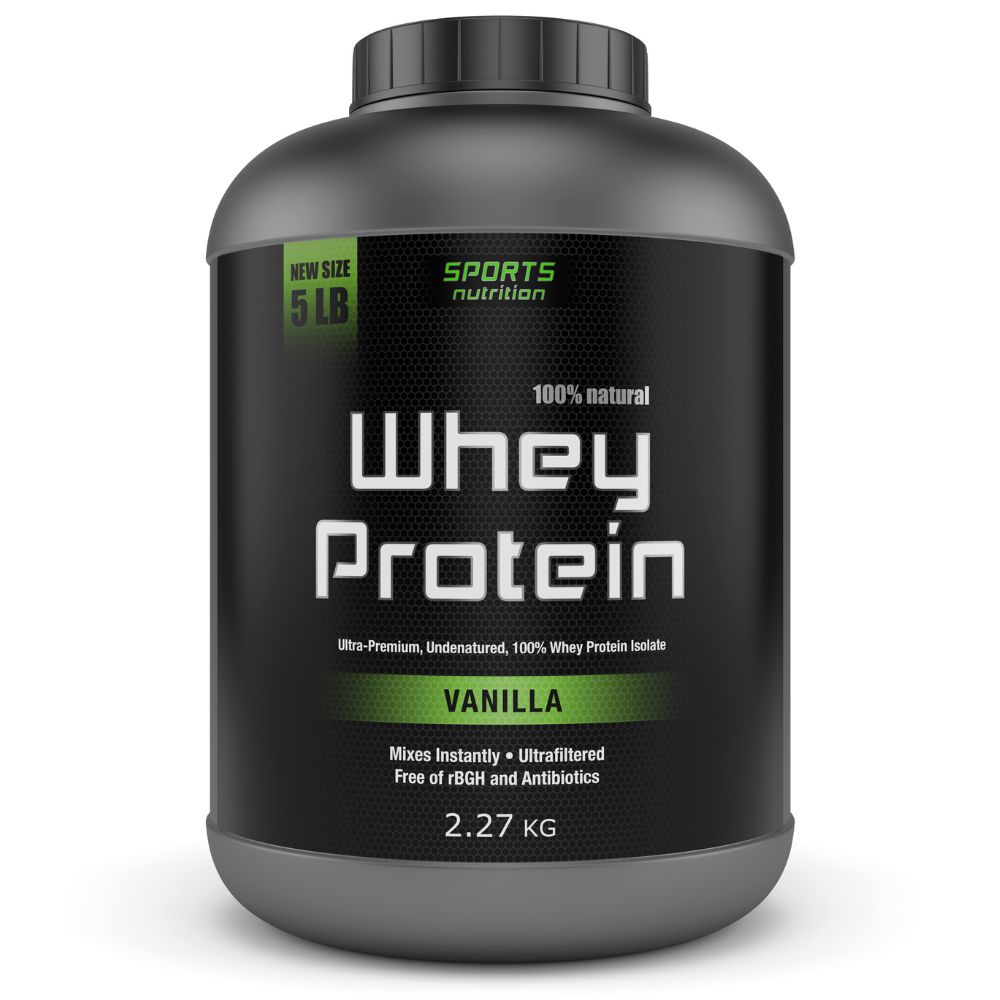Whey protein powder is a popular supplement among athletes, bodybuilders, and health enthusiasts. Known for its high protein content and quick absorption, it’s often used to enhance muscle growth, recovery, and overall health. So what exactly is whey protein powder made of? Let’s break it down.
1. The Source: Whey
Whey protein is derived from milk, specifically the liquid byproduct that remains after milk has been curdled and strained during the cheese-making process. Milk contains two primary proteins: casein (about 80%) and whey (about 20%). While casein digests slowly, whey is known for its rapid absorption, making it an excellent post-workout supplement.
2. Composition of Whey Protein
Whey protein powder is primarily composed of the following components:
a. Protein
Whey protein is high in important amino acids, specifically branched-chain amino acids (BCAAs) such as leucine, isoleucine, and valine. These amino acids are essential for muscle repair and development. Whey protein typically contains about 70-90% protein, depending on the processing method used.
b. Lactose
As a dairy product, whey protein contains lactose, the natural sugar found in milk. The amount of lactose varies depending on the type of whey protein. For instance, whey protein concentrate contains more lactose than whey protein isolate, which undergoes further processing to remove most of the lactose.
c. Fat
Whey protein powder may contain small amounts of fat, primarily found in whey protein concentrate. The fat content can range from 1-10%, but whey protein isolate generally has a lower fat content due to additional processing.
d. Minerals
Whey protein is also a source of various minerals, including calcium, magnesium, and potassium. These minerals contribute to overall health and play vital roles in muscle function, hydration, and bone health.
e. Bioactive Compounds
Whey protein contains bioactive compounds such as immunoglobulins, lactoferrin, and lactalbumin, which may offer health benefits beyond protein supplementation. These compounds can support immune function and have antioxidant properties.
3. Types of Whey Protein
There are several forms of whey protein, each with varying compositions:
a. Whey Protein Concentrate (WPC)
WPC contains about 70-80% protein, with higher levels of fats and carbohydrates. It is the least processed form, retaining more nutrients, but also more lactose.
b. Whey Protein Isolate (WPI)
WPI is processed to remove much of the fat and lactose, resulting in a protein content of 90% or higher. It’s ideal for those looking to minimize calorie intake or who are lactose intolerant.
c. Hydrolyzed Whey Protein
This form has been pre-digested through a process called hydrolysis, which makes it easier to absorb. It typically contains a similar protein content as whey protein isolate, but is often more expensive.
4. How is Whey Protein Powder Made?
The production of whey protein powder involves several steps:
- Cheese Production: Milk is curdled to produce cheese, separating the curds (casein) from the whey.
- Separation: The liquid whey is collected and further processed to remove fats and carbohydrates.
- Filtration: Techniques like ultrafiltration and microfiltration are used to concentrate the protein content.
- Drying: The concentrated whey is then dried using methods like spray drying to create a fine powder.
- Flavoring and Packaging: Finally, flavoring agents and sweeteners may be added, and the product is packaged for distribution.
Conclusion
Whey protein powder is a versatile supplement made primarily from the liquid byproduct of cheese production. Its high protein content, along with essential amino acids and bioactive compounds, makes it a valuable addition to many diets, particularly for those focused on fitness and muscle recovery. When choosing a whey protein supplement, consider the type that best fits your dietary needs and health goals. Whether you’re an athlete or just looking to enhance your overall nutrition, whey protein powder can be a beneficial part of your routine.

